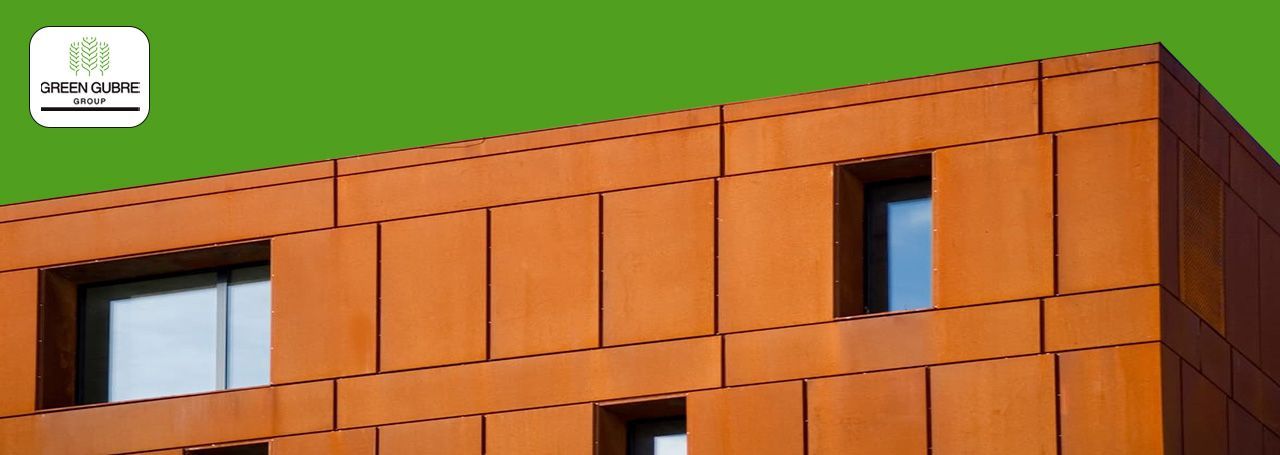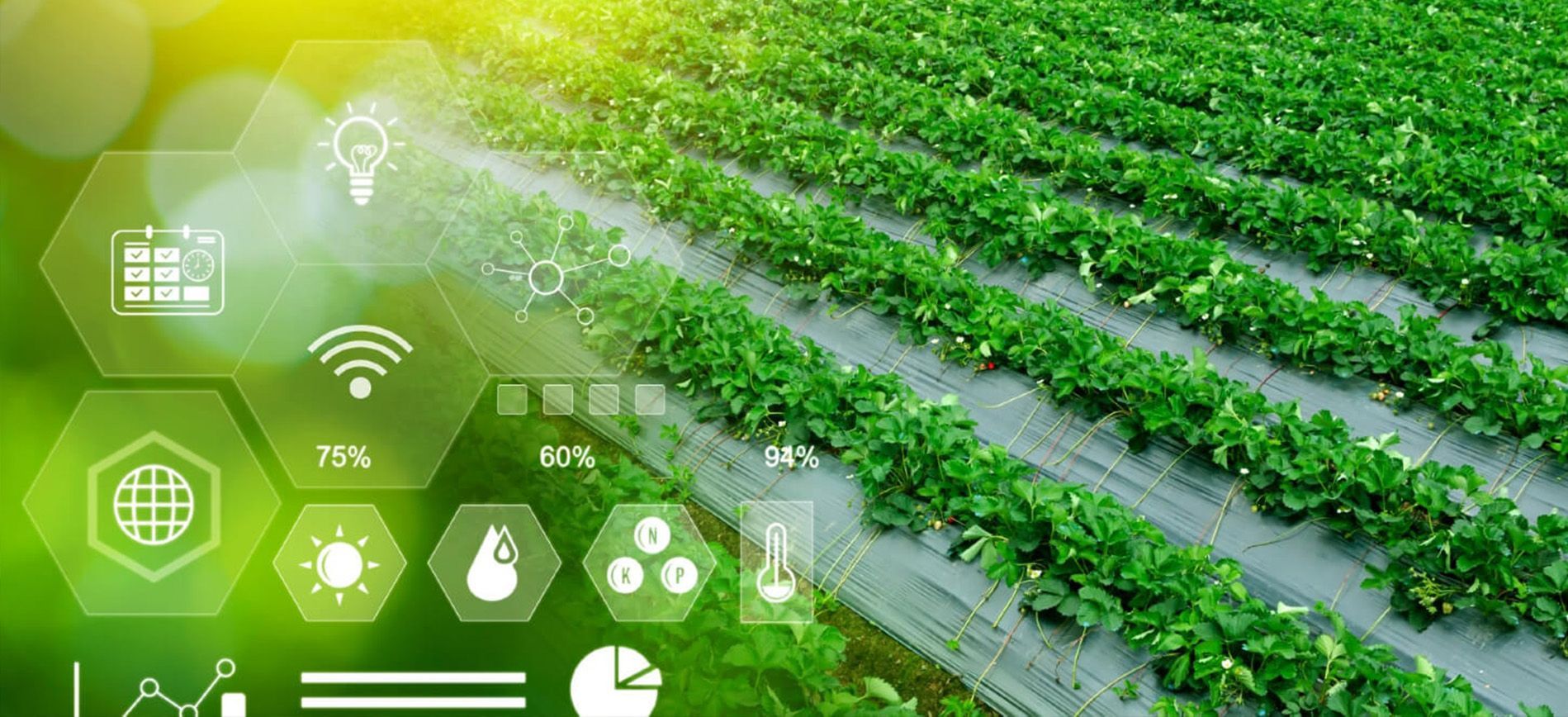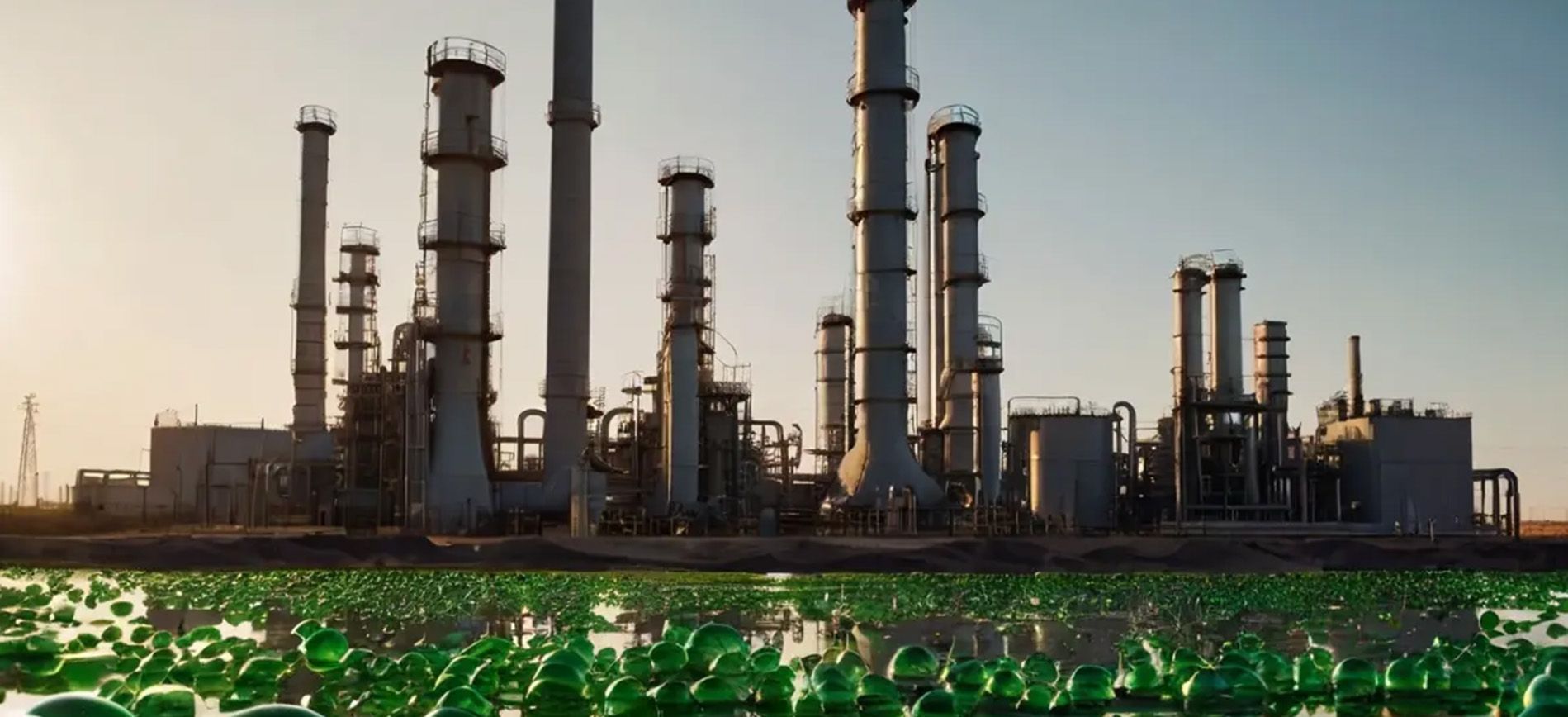The Benefits of Weathering Steel (Corten) for Outdoor Structures
The Benefits of Weathering Steel (Corten) for Outdoor Structures

Weathering steel, commonly known by the brand name Corten steel, is a high-strength, low-alloy steel that is designed to develop a protective rust layer when exposed to atmospheric conditions. This unique feature makes it an ideal material for outdoor structures and architectural projects. Weathering steel is known for its durability, low maintenance requirements, and distinctive appearance, making it a popular choice for construction and infrastructure projects worldwide. In this blog, we’ll explore the benefits of weathering steel and why it is increasingly used in outdoor applications.
What is
Weathering Steel (Corten)?
Weathering steel is a type of low-alloy steel that contains a small percentage of copper, chromium, nickel, and phosphorus. These alloying elements create a protective patina (rust layer) on the surface of the steel when it is exposed to moisture and air. Unlike traditional steel, which corrodes and weakens over time, weathering steel develops a stable rust layer that prevents further corrosion. This self-protecting feature reduces the need for painting or other protective coatings, making weathering steel a cost-effective and durable material for outdoor structures.
Key Properties of
Weathering Steel:
1. Natural Corrosion Resistance:
The primary advantage of weathering steel is its ability to resist corrosion naturally. The rust layer that forms on the surface of the steel acts as a barrier, preventing further rusting. This corrosion resistance makes weathering steel an excellent choice for outdoor structures exposed to the elements, such as bridges, buildings, and sculptures.
2. Low Maintenance:
Weathering steel requires little to no maintenance compared to traditional steel. Since the protective rust layer eliminates the need for painting or coating, weathering steel reduces long-term maintenance costs. This makes it ideal for projects where regular upkeep is challenging or costly, such as in remote locations or large-scale infrastructure.
3. Durability and Longevity:
Weathering steel is known for its strength and durability. The steel’s high tensile strength ensures that structures built with weathering steel can withstand harsh environmental conditions, including wind, rain, and snow. Its long lifespan makes it a cost-effective material for bridges, railways, and other infrastructure projects.
4. Aesthetic Appeal:
One of the most distinctive features of weathering steel is its appearance. The rusted patina gives the steel a unique, warm, and textured look that blends well with natural landscapes. This makes it a popular choice for architects and designers who want to create visually striking and environmentally integrated structures.
5. Sustainability:
Weathering steel is a sustainable material because it reduces the need for protective coatings, which can contain harmful chemicals. Additionally, weathering steel is recyclable, contributing to sustainable building practices. Its long lifespan also means fewer replacements and less material waste over time.
Benefits of
Weathering Steel (Corten):
1. Cost-Effective Over Time:
While the initial cost of weathering steel may be higher than traditional steel, its low maintenance requirements and long lifespan make it a more cost-effective solution in the long run. The absence of painting or coating means lower maintenance costs and fewer repairs, resulting in significant savings over the life of the structure.
2. Resistant to Harsh Environmental Conditions:
Weathering steel is designed to withstand the harshest environmental conditions. Whether in coastal areas, industrial zones, or rural landscapes, weathering steel maintains its integrity and strength. Its resistance to rain, snow, and fluctuating temperatures makes it ideal for outdoor use.
3. Architectural Flexibility:
Weathering steel provides architects and designers with creative flexibility due to its unique aesthetic and material properties. It can be used for building facades, bridges, sculptures, and public art installations, adding a rustic yet modern touch to outdoor spaces. Its ability to develop a weathered appearance over time makes it suitable for blending into natural environments.
4. Environmentally Friendly:
The use of weathering steel reduces the environmental impact of protective coatings and paints. Additionally, its recyclability and long-lasting nature contribute to reducing the carbon footprint of construction projects. Weathering steel’s minimal maintenance needs also result in fewer resources being used for upkeep.
5. Versatility in Applications:
Weathering steel can be used in a wide range of applications, from small-scale architectural elements to large-scale infrastructure projects. It is commonly used in the construction of bridges, retaining walls, railways, and sculptures. Its versatility makes it a practical choice for both functional and aesthetic purposes.
Applications of
Weathering Steel (Corten):
1. Bridges and Infrastructure:
Weathering steel is widely used in the construction of bridges, where its durability and corrosion resistance are critical. The steel’s ability to withstand environmental exposure makes it ideal for long-span bridges and railway overpasses.
2. Building Facades:
Architects often use weathering steel for building facades due to its distinctive appearance and low maintenance requirements. The natural rust patina gives buildings a modern, industrial look while blending into the surrounding environment.
3. Sculptures and Public Art:
Weathering steel is a popular material for outdoor sculptures and public art installations. Its ability to weather naturally and change color over time adds to the artistic appeal, creating dynamic and evolving artworks in public spaces.
4. Retaining Walls:
Weathering steel is used in retaining walls for landscaping and erosion control. Its strength and resistance to corrosion make it a reliable material for supporting soil and preventing erosion in outdoor environments.
5. Railway Tracks and Structures:
In the railway industry, weathering steel is used for tracks, tunnels, and other structures that require long-lasting materials with minimal maintenance. Its resistance to environmental factors ensures the safety and stability of railway infrastructure.
Global Demand for
Weathering Steel:
The demand for weathering steel has been steadily increasing due to its cost-effectiveness, durability, and environmental benefits. As construction projects around the world prioritize sustainability and low-maintenance materials, weathering steel is becoming a preferred choice for architects, engineers, and builders. The material’s ability to reduce the need for coatings and maintenance makes it an attractive option for infrastructure projects in urban and rural areas.
Conclusion:
Weathering steel (Corten) is a versatile, durable, and cost-effective material that is ideal for outdoor structures and architectural projects. Its unique ability to develop a protective rust layer reduces the need for maintenance, while its aesthetic appeal adds a distinctive touch to modern designs. With applications ranging from bridges to sculptures, weathering steel offers a sustainable and long-lasting solution for projects exposed to the elements. Explore our range of weathering steel products designed for high-performance and aesthetic appeal in various outdoor applications by visiting our dedicated product page.




